Original studies: 7 ways to improve your art
Hello, dear community of Steemit! Some days ago, I thought about how making small paintings can make a huge difference when it comes to improving your art. You can practice new techniques with oils, watercolors, acrylics, and even sketching, and see the results of getting better and better every time.
The surface
Once you've got your cardboard, meassure it until you get as many pieces you'd like to work on. I personally like to cut only 6 mini canvas, and save the rest for another study session.
Pick your color palette
I picked a very warm palette, with simple base colors, such as yellow, orange, brown, red, white and green (for details).
1. Paint using a reference photo
Based on the colors, look for reference photos
Having a reference, then, helps you to reach the right values, and the right placement of the elements in a painting.
For the first painting of this post, I used as a reference a picture from a friend of mine, which I felt was very accurate to my personal style.
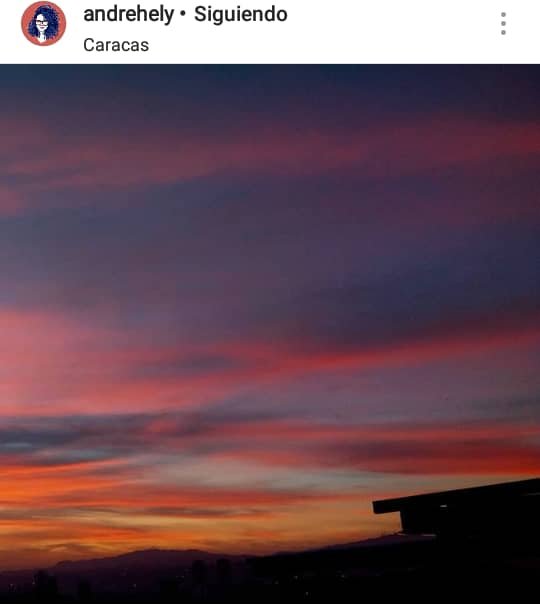
Get ready to paint

(It took me about 30-40 minutes to complete this small study.)
2. Try different techniques while painting

My landscapes are usually very smooth. And the main reason I do them that way, it's because I really like to play with the sense of tranquility. I like to cause calm and a warm comfy feeling. However, my favorite painting movements of all times has ever, and will always be the impresionism. So, I split the painting in two sections, a smooth one and a impressionistic one. This was the result:
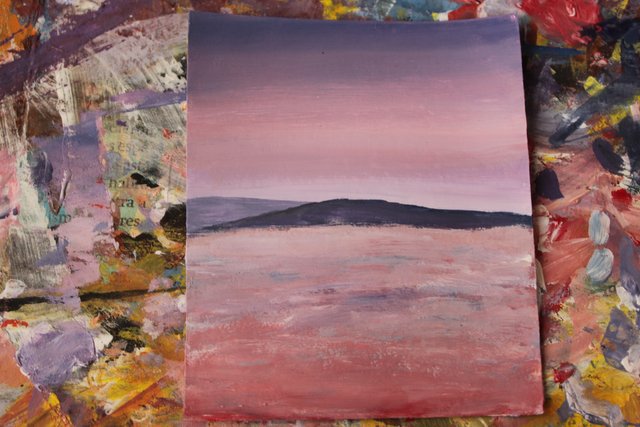
3. Paint different landscapes with the same palette
As I started with this small studies, I challenged myself to paint with the exact amount of painting I pour, so I don't waste, and I learn to work with that I have. And if I had a little extra painting, I would make another study with the same palette, but with a different idea.
4. Paint exactly what you see from your window
Yes, I know it sounds a little cliché, but painting straight from your eye can help you to meassure the proportions of the elements around you. Also, it can be very helpful for the anatomy's study of clouds, mountains, flowers, leafs...
5. Don't understimate the power of simpleness
What I find so cool about keeping it simple, is that I can think clearly about what I would add later, maybe a boat, maybe some rocks and the foam of the ocean... it's a infinite spectrum of possibilities.
6. Paint with risky colors
Fauvist painters used to play with vibrant colors to be provocative to the audience. A very interesting way to improve in your art, comes with getting out of a comfort zone with colors you're not used to work with.
7. ... And, don't be afraid of getting stains!

.jpg)
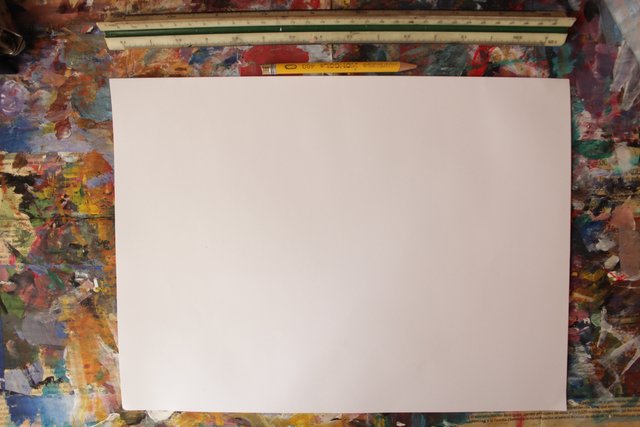
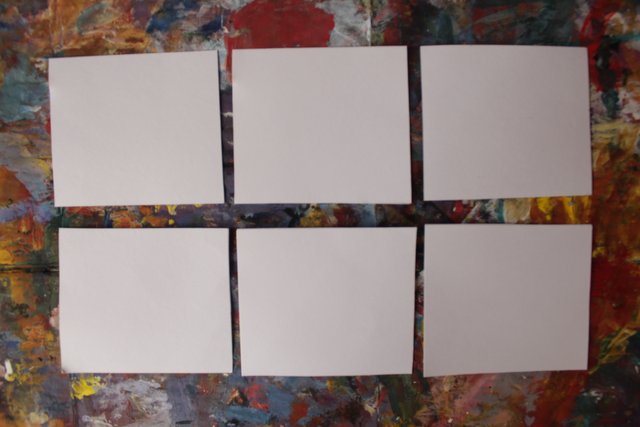
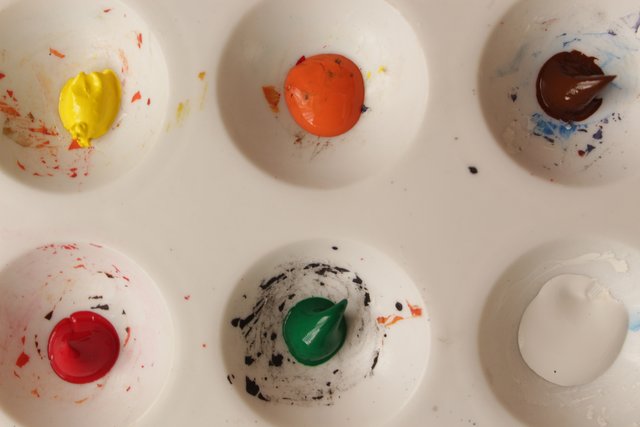
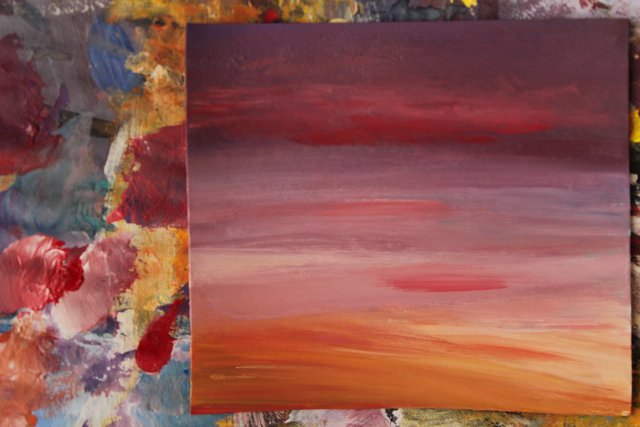
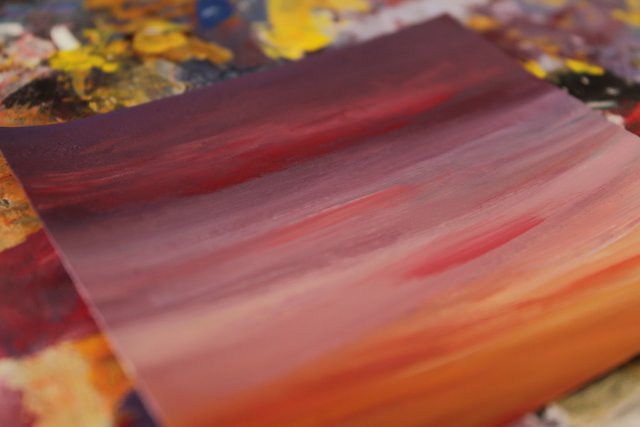
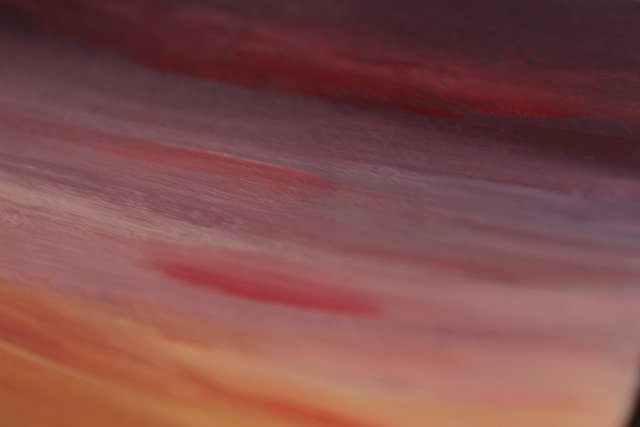
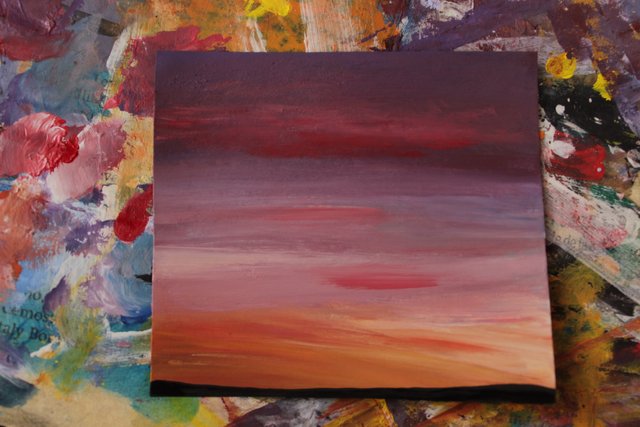
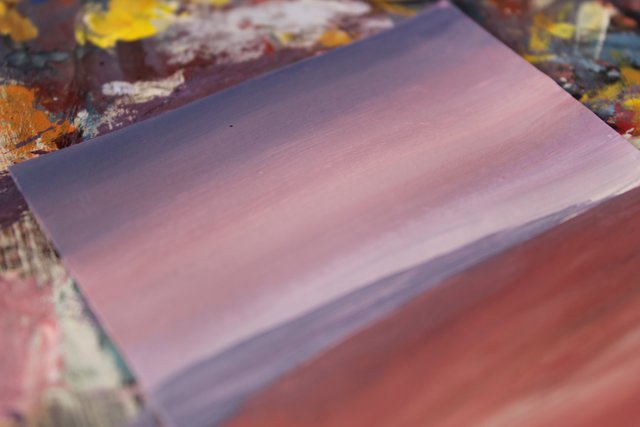
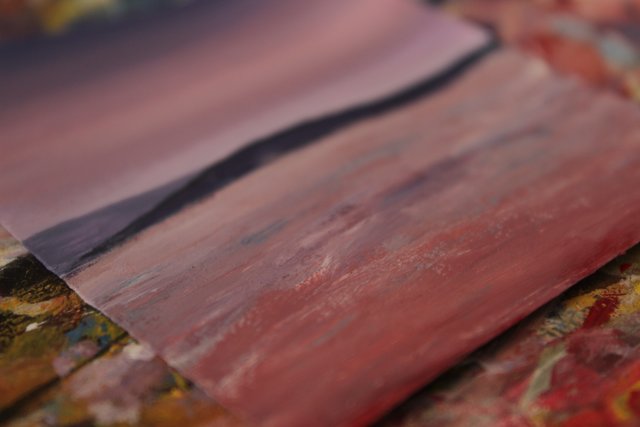
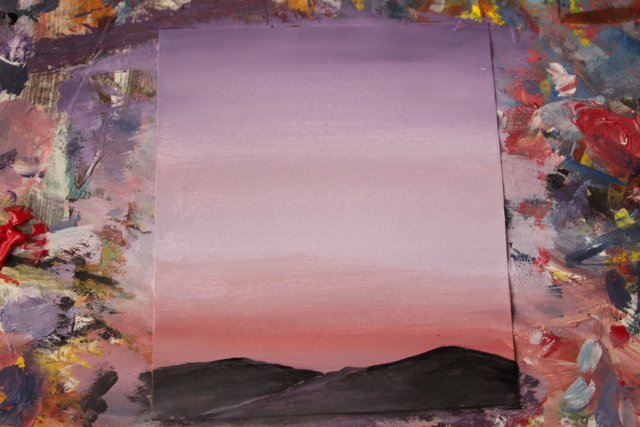
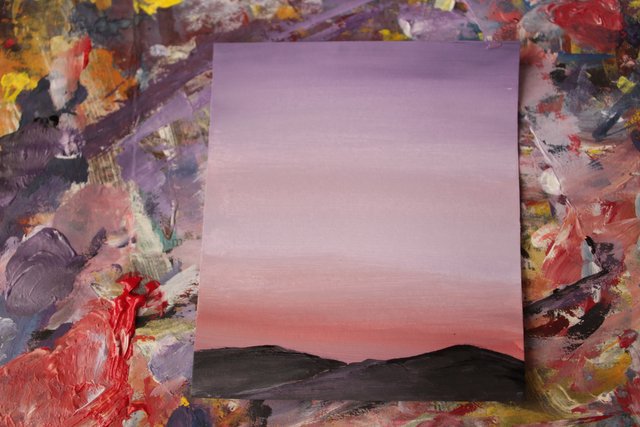
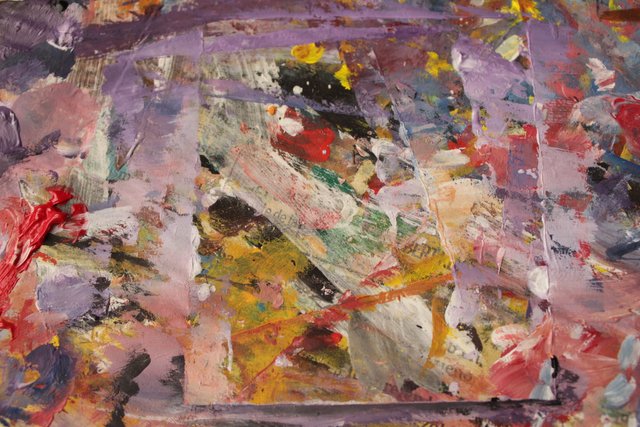
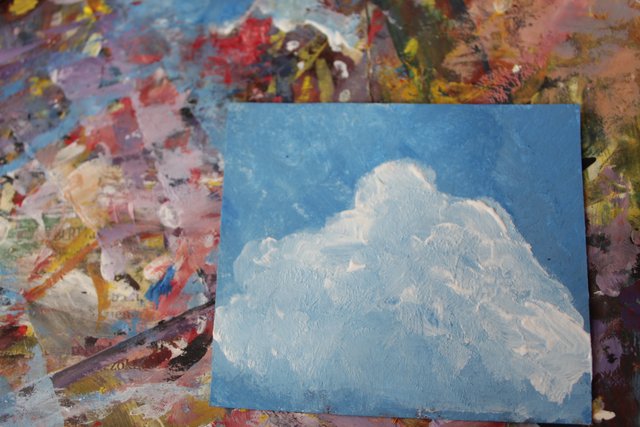
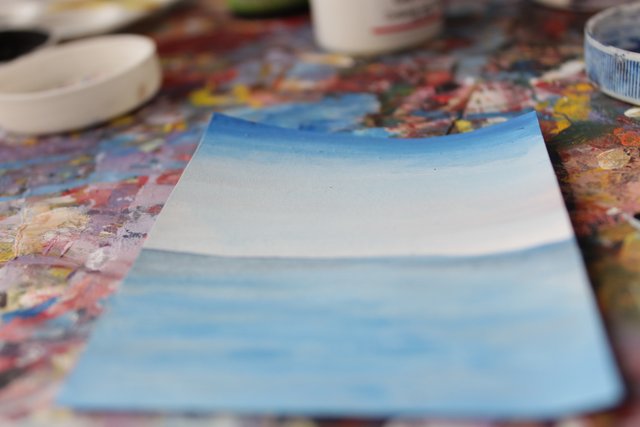
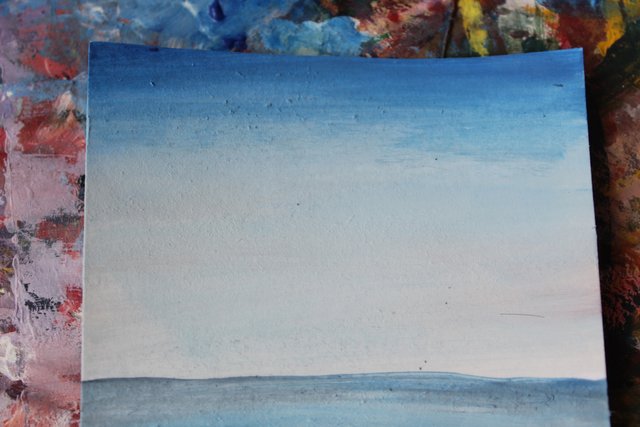
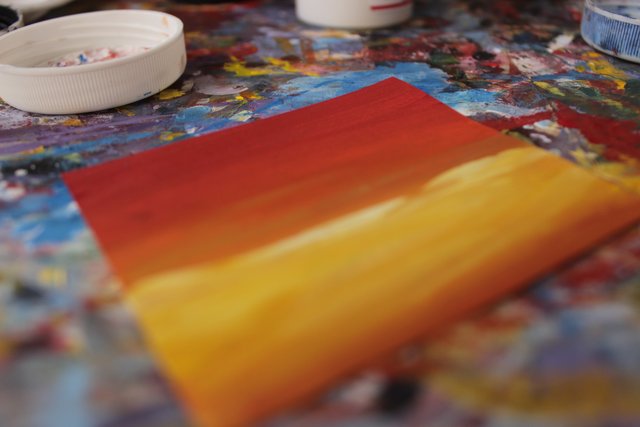
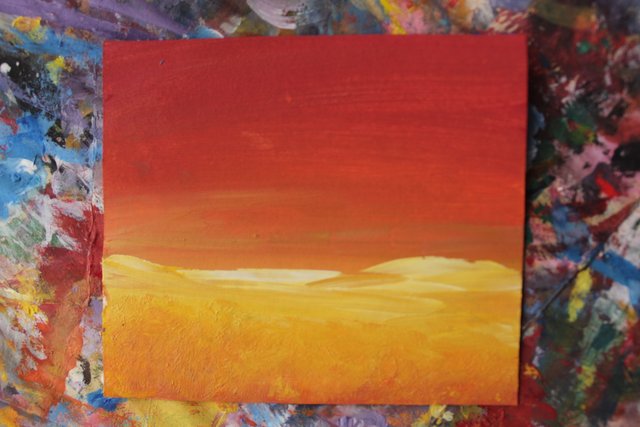
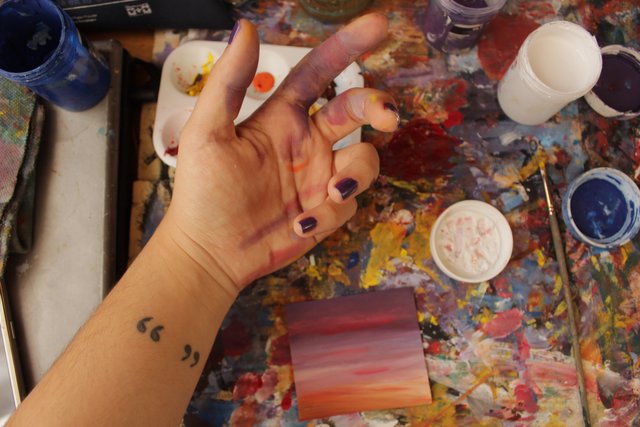
I upvoted your post.
Keep steeming for a better tomorrow.
@Acknowledgement - God Bless
Posted using https://Steeming.com condenser site.
Thank you for your support!
Hello @gavahema, thank you for sharing this creative work! We just stopped by to say that you've been upvoted by the @creativecrypto magazine. The Creative Crypto is all about art on the blockchain and learning from creatives like you. Looking forward to crossing paths again soon. Steem on!
Thank you for your support!